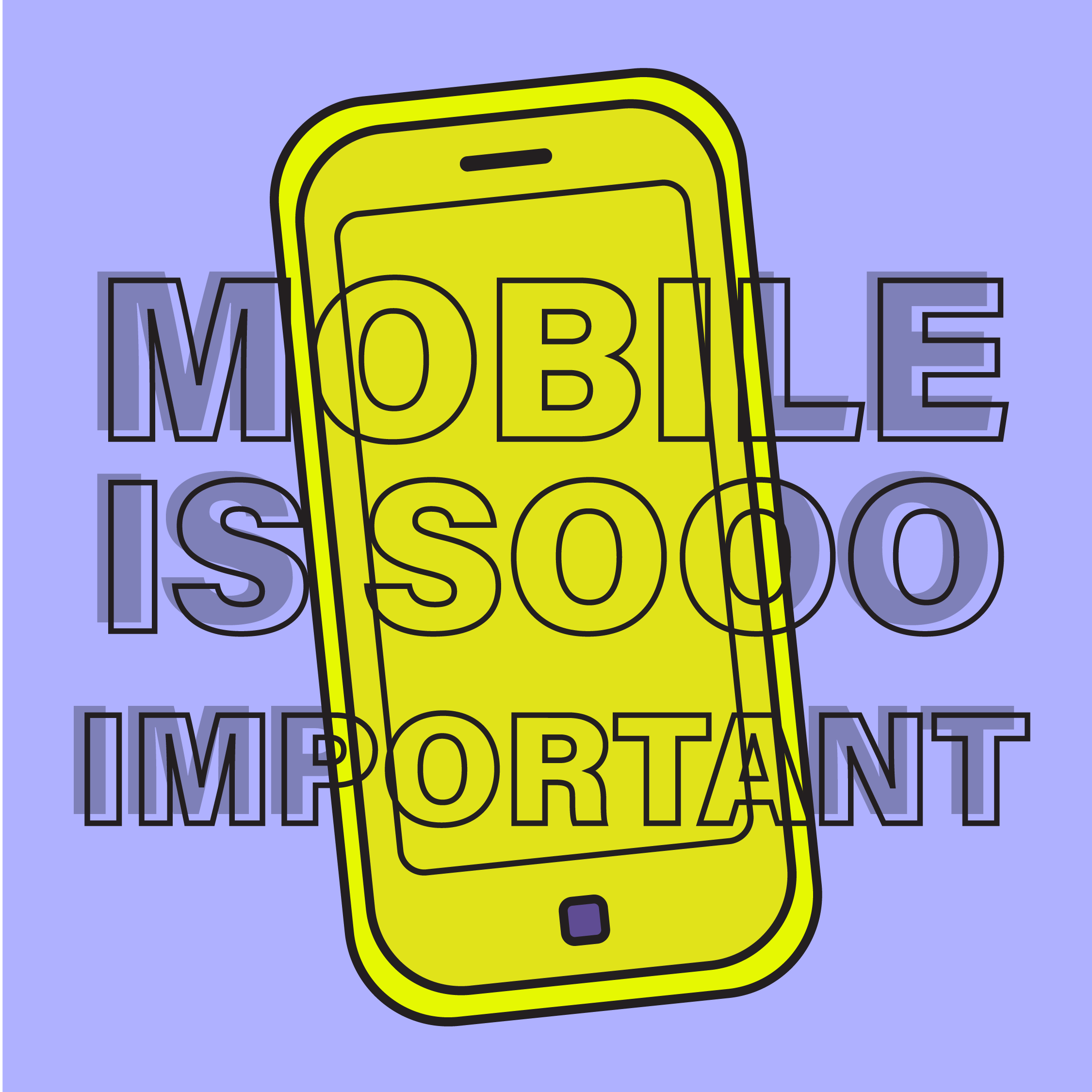Picture this: It’s 10am on a Tuesday. A homeowner’s hot water cylinder has just blown, flooding their laundry. What’s the first thing they do? Grab their phone and search “emergency plumber near me.”
If your website looks like garbage on mobile, guess what? They’re calling your competitor instead.
The Numbers Don’t Lie
Here’s a reality check that might make you spit out your flat white: Over 62% of people are browsing websites on their phones globally. That’s not some distant future prediction – that’s happening right now, today.
Even here in Australia and New Zealand, where we’re still pretty fond of our laptops and desktops, mobile accounts for around 42% of all internet traffic in Australia. In New Zealand, while desktop still holds strong at about 49%, that mobile percentage is climbing every year.
But here’s the kicker – for emergency services like yours, that mobile percentage is likely much higher. When someone’s got a burst pipe at 2am or their fence has fallen over during a storm, they’re not firing up the desktop computer. They’re grabbing their phone.
Why Mobile Matters More for Tradies
Sure, some tradie jobs are emergencies – burst pipes, power outages, broken locks. But let’s be honest, most of your potential customers are doing their research during downtime, often on their phones.
Think about it:
- Couples planning their dream home renovation, scrolling through builder portfolios on the couch
- Homeowners comparing landscaping ideas while having their morning coffee
- People researching fencing options during their lunch break
- Car owners checking if mechanics do WOFs while sitting in traffic
- Property managers looking for reliable maintenance contractors between meetings
Whether they’re dealing with an emergency or planning their next big project, they’re likely browsing on mobile. And if your website looks rubbish on their phone, they’ll move on to the next tradie in their search results.

What Makes a Mobile Website Actually Work
A mobile-friendly website isn’t just your desktop site squished down to fit a smaller screen. It needs to be designed from the ground up for thumbs, not mouse clicks.
Your mobile site should load fast (under 3 seconds or people bounce), have your phone number prominently displayed so they can call with one tap, and show your best work clearly even on a small screen. The contact form should be simple – nobody wants to fill out a 20-field form while standing in ankle-deep water from a burst pipe.
Most importantly, it needs to work whether someone’s casually browsing your portfolio or urgently needs your services. Keep it simple, keep it clear, and make it easy for them to get the information they need and contact you.
The Cost of Getting It Wrong
Every day your website doesn’t work properly on mobile, you’re losing potential customers. They’re finding your business, checking out your website, getting frustrated with the poor mobile experience, and moving on to check out your competitors instead.
Whether someone’s planning a major renovation or needs a quick service, they expect your website to work seamlessly on their phone. When it doesn’t, they assume your business isn’t professional or up-to-date – and they’ll find someone who is.
Time to Get Mobile-Ready
The writing’s on the wall (and it’s being read on a mobile screen). If you’re serious about growing your trade business, your website needs to work flawlessly on mobile devices. It’s not a nice-to-have anymore – it’s essential.
Your competitors who’ve figured this out are already capturing those late-night emergency calls while you’re missing out. Don’t let a poorly designed website be the reason someone calls the next tradie on the list instead of you.
Ready to stop losing jobs to a bad mobile experience? It’s time to get your website working as hard as you do, on every device your customers use.




